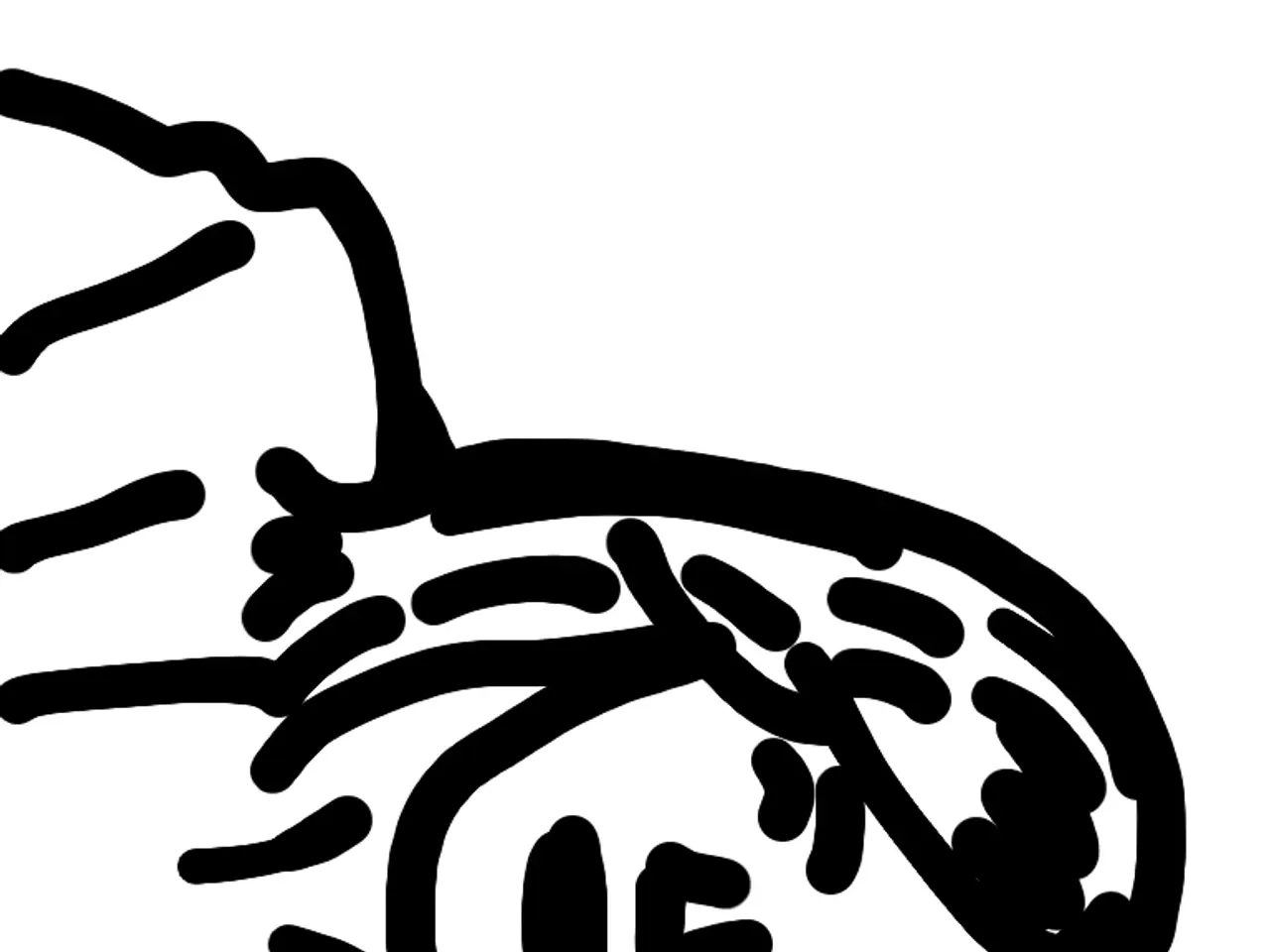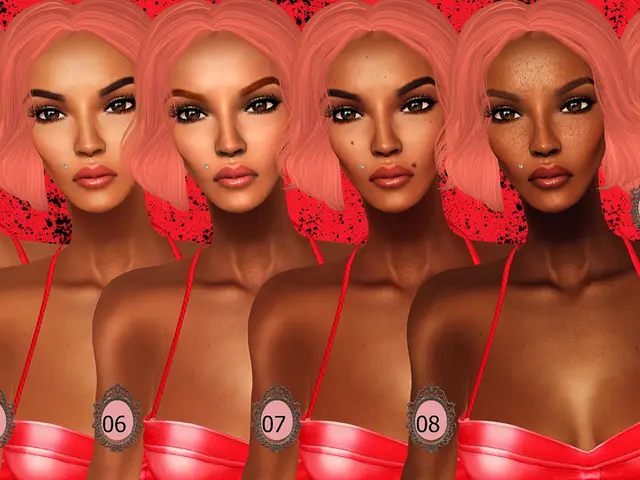Top Notch Female Antagonists on Screen
In the world of cinema and television, the portrayal of female villains has evolved significantly, moving beyond the traditional archetypes of passive aggression and evil witches. These complex characters serve as more than just antagonists; they are reflections of societal fears, challenges, and complexities, inviting audiences to explore themes of power, identity, and morality.
One such character is Maleficent, originally a wicked fairy in Disney's Sleeping Beauty, who was reimagined in the 2014 film Maleficent as a misunderstood protector of the Moors, portrayed by Angelina Jolie. Her transformation from a villain to a misunderstood character offers a fresh perspective on the traditional evil fairy trope.
Another example is Nurse Mildred Ratched, as depicted by Louise Fletcher in One Flew Over the Cuckoo's Nest. Ratched is a chilling villain known for her institutional control and manipulation, a far cry from the nurturing nurse stereotype.
Harley Quinn, portrayed by Margot Robbie in Suicide Squad and Birds of Prey, is a chaotic force of nature with unpredictable behavior and a complex evolution from Joker's sidekick to an independent antihero. Her character navigates a world that often marginalizes women, adding depth to her villainous role.
Jodie Comer's portrayal of Villanelle in Killing Eve blends charm with menace, making her a captivating character as a skilled assassin with emotional depth and a complex relationship with Eve Polastri. Michelle Pfeiffer portrayed Catwoman in Batman Returns, a character known for her blend of vulnerability and strength.
Cersei Lannister from Game of Thrones, portrayed by Lena Headey, is a formidable character. Her journey shows her going to great lengths to secure her family's position, often driven by a desire to protect her children and secure her family's legacy in a patriarchal society.
Regina George, the quintessential high school queen bee in Mean Girls, exhibits manipulative tactics and social dominance, offering a satirical look at teenage hierarchies while also being shaped by insecurities and societal pressures.
Ursula, the sea witch in The Little Mermaid, is characterized by theatrical flair, cunning intelligence, and a desire for power and control, demonstrated by her deception of Ariel to achieve her goals.
Bellatrix Lestrange, portrayed by Helena Bonham Carter in the Harry Potter series, is a fanatical follower of Voldemort with a sadistic nature and unwavering loyalty to the Dark Lord, making her a dangerous adversary with a distinctive appearance.
These characters often break traditional molds, offering fresh perspectives and compelling narratives. By embracing the multifaceted nature of female villains, creators can craft stories that resonate on a deeper level, challenging audiences to rethink their perceptions of good and evil.
Some notable examples of complex female villains include Marla Grayson from I Care a Lot, Alex Forrest from Fatal Attraction, Umbridge from Harry Potter and the Order of the Phoenix, and Elle Driver from Kill Bill Vol. 2. These characters often embody motivations that challenge societal norms by blending traditionally feminine traits with ruthless ambition, power, and moral ambiguity.
Marla Grayson, for instance, is a cutthroat legal guardian who exploits the system for financial gain, presenting a villainy grounded in capitalist greed and systemic corruption while maintaining a cold, calculating facade. Her ruthless efficiency turns a traditionally caregiving role into a predatory one, challenging expectations of female empathy and nurturing.
Alex Forrest destabilizes gender norms through her portrayal as a stalker driven by obsessive love. Her manipulation and violence provide a chilling counter to the stereotype of women as passive or emotionally pure, embodying fear of female agency and desire.
Dolores Umbridge enforces authoritarian control cloaked in saccharine appearances; her motivations to preserve order ironically manifest as cruelty and oppression. She challenges assumptions about women’s roles in power by wielding her authority with a deceptive and sadistic style.
Elle Driver embodies lethal physical prowess and cold vengeance, subverting the expectation that female characters in martial arts films are secondary or less violent. Her motivations are rooted in personal vendettas, making her complex and formidable beyond simplistic villain archetypes.
These villains complicate traditional views by mixing femininity with power, agency, and moral complexity, often revealing dark undercurrents beneath societal expectations of women as nurturing or docile. Through their diverse, often morally ambiguous motivations, they invite reflection on gender roles and societal norms about female behavior and power, making them compelling and unsettling characters in popular media.
Movies-and-TV often present complex female villains, such as Maleficent, who is reimagined as a misunderstood protector in the film 'Maleficent', and Nurse Mildred Ratched from 'One Flew Over the Cuckoo's Nest', offering viewers a chance to explore themes of power, identity, and morality in pop-culture. These characters, like Alex Forrest from 'Fatal Attraction' and Marla Grayson from 'I Care a Lot', break traditional molds by embracing multifaceted nature, challenging audiences to rethink their perceptions of good and evil.








